Introduction à la signalisation non intrusive des porcs
Vue d’ensemble des feux de signalisation non intrusifs pour l’entretien des pipelines
L’intégrité des pipelines est cruciale, et des signaleurs de raclage non intrusifs jouent un rôle clé dans son maintien. Ces dispositifs permettent aux opérateurs de détecter, de localiser et de gérer les outils de nettoyage et d’inspection des pipelines appelés « racleurs » sans avoir à interrompre le fonctionnement du pipeline. Leur capacité à travailler sans ouvrir le pipeline ou perturber le flux permet de gagner du temps et de réduire les risques, ce qui en fait un choix de premier ordre pour une gestion efficace des pipelines.
Importance des méthodes non intrusives dans l’industrie pétrolière et gazière
Dans l’industrie pétrolière et gazière, il est essentiel de minimiser les temps d’arrêt. Les méthodes non intrusives, comme l’utilisation de signaleurs pour racleurs, assurent un fonctionnement continu tout en maintenant des normes de sécurité élevées. Ils permettent non seulement d’éviter les arrêts coûteux, mais aussi de protéger l’environnement en réduisant le risque de fuites lors de la maintenance. À mesure que les exigences réglementaires augmentent et que l’accent mis sur l’impact environnemental s’intensifie, l’adoption de technologies non intrusives devient plus qu’une commodité, c’est une nécessité.
Comprendre le signaleur de porc non intrusif
Qu’est-ce qu’un Pig Signaller ?
Un signaleur de raclage est un appareil qui détecte la présence d’un racleur (jauge d’inspection de pipeline) lorsqu’il se déplace dans un pipeline. Ces dispositifs alertent les opérateurs lorsque le porc passe un point spécifique, ce qui permet de surveiller sa progression et de confirmer sa position. Ceci est essentiel pour le nettoyage, l’entretien et l’inspection efficaces des pipelines.
Fonctions principales
Les principales fonctions des signaleurs de porcs comprennent la signalisation de l’arrivée et de la sortie des porcs à des points désignés du pipeline. Ils s’assurent que le racleur ne s’est pas coincé ou perdu, ce qui est crucial pour maintenir l’intégrité et l’efficacité opérationnelle du pipeline. De plus, ils fournissent des données précieuses qui peuvent aider à planifier la maintenance et à minimiser les temps d’arrêt.
Types de signaleurs de porc
Il en existe différents types, mais la distinction la plus courante est celle entre les modèles intrusifs et non intrusifs.
Comparaison entre les signaleurs de porcs intrusifs et non intrusifs
Les signaleurs intrusifs pénètrent physiquement dans la paroi du pipeline et peuvent entrer en contact direct avec le racleur. Cette méthode est très fiable mais nécessite une brèche dans le pipeline, ce qui pourrait entraîner des fuites ou des faiblesses potentielles.
D’autre part, les signaleurs de porc non intrusifs travaillent de l’extérieur du pipeline. Ils utilisent des capteurs magnétiques, acoustiques ou vibratoires pour détecter le passage du porc. Cette méthode ne compromet pas l’intégrité du pipeline, offrant une option plus sûre et plus durable, particulièrement adaptée aux environnements à haute pression ou lorsque le contenu du pipeline doit rester non contaminé.
Ainsi, le choix entre ces types dépend des conditions spécifiques des pipelines, des exigences opérationnelles et des considérations de sécurité. Les feux de signalisation non intrusifs, avec leurs avantages en matière de sécurité et d’efficacité, deviennent de plus en plus le choix préféré dans de nombreux scénarios.
Spécifications
| Nom | Signaleur de porc non intrusif |
| Température de fonctionnement | —39,8 °C/80 °C |
| Humidité de fonctionnement | 41 %~83 % |
| Type de capteur | Induction magnétique |
| Type de commutateur de signal | Le |
| Le temps qui passe | ±2s |
| Plage de vitesse du racleur de nettoyage | 0.2 à 10 m/s |
| Capacité du commutateur | 2A |
| Type de réinitialisation | Auto Rese |
| Type de joint de câble | M20 * 1.5、 1/2NPT F |
| Antidéflagrant | Exd IICT6 Gb |
| Qualité IP | Indice de protection IP65 |
Applications industrielles
Pétrole et gaz
Dans le secteur pétrolier et gazier, les pipelines sont des bouées de sauvetage qui transportent des ressources précieuses. Des signaleurs non intrusifs aident à entretenir ces pipelines en veillant à ce que les racleurs, qui nettoient et inspectent les pipelines, terminent leur parcours avec succès. Les opérateurs utilisent ces signaux pour éviter les blocages et pour surveiller l’usure à l’intérieur du pipeline. Cette maintenance proactive permet d’éviter des réparations coûteuses et des temps d’arrêt, améliorant ainsi l’efficacité opérationnelle.
Traitement de l’eau
Dans les systèmes de traitement de l’eau, le maintien de l’intégrité des pipelines est tout aussi crucial. Les signaleurs porcins non intrusifs s’adaptent bien à ces environnements, aidant à gérer les sédiments et les résidus qui peuvent s’accumuler dans les conduites de transport d’eau. Ils constituent une méthode sûre et efficace pour surveiller les processus de nettoyage sans contaminer l’approvisionnement en eau, garantissant ainsi le respect des normes de santé et de sécurité.
Foire aux questions
- Quelle est la durée de vie d’un signaleur de porcs non intrusif ?
En règle générale, un signaleur de porcs non intrusif peut durer entre 5 et 10 ans, selon la fréquence d’utilisation et les conditions environnementales. - Comment les conditions météorologiques affectent-elles les performances des signaleurs porcins non intrusifs ?
Les températures et l’humidité extrêmes peuvent avoir un impact sur les performances du capteur. Cependant, la plupart des unités modernes sont conçues pour résister à des conditions météorologiques difficiles. - Les signaleurs de raclage non intrusifs peuvent-ils être utilisés dans tous les types de pipelines ?
Oui, ils sont polyvalents et peuvent être utilisés dans divers pipelines, y compris le pétrole, le gaz et l’eau, quel que soit le contenu du pipeline. - Quels sont les coûts initiaux liés à l’installation d’un signaleur de porcs non intrusif ?
Les coûts varient en fonction de la taille du pipeline et des exigences spécifiques, mais impliquent généralement le prix de l’unité et les frais d’installation. - Comment interpréter les signaux d’un signaleur porc non intrusif ?
Chaque signal indique la présence du porc à un certain point. Les opérateurs doivent comprendre ces signaux pour suivre la progression du racleur et assurer l’entretien efficace du pipeline.
Ces sections fournissent des informations essentielles sur les applications pratiques des signaux porcins non intrusifs dans les industries critiques et répondent aux questions courantes qui peuvent aider les utilisateurs à prendre des décisions éclairées sur leurs stratégies de gestion des pipelines.


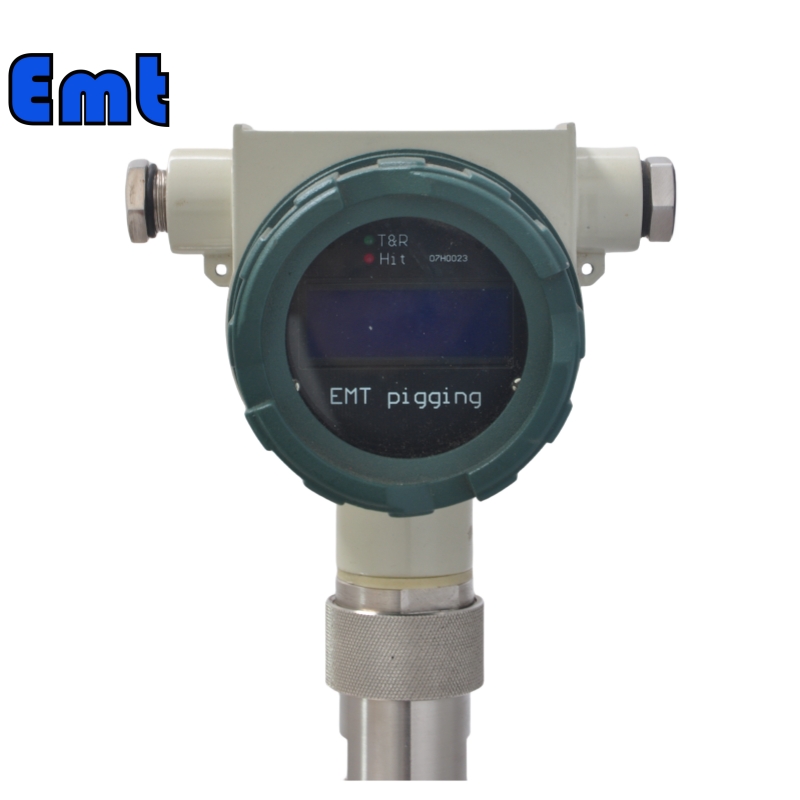
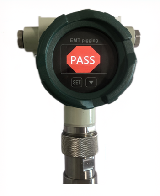

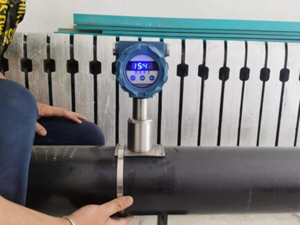
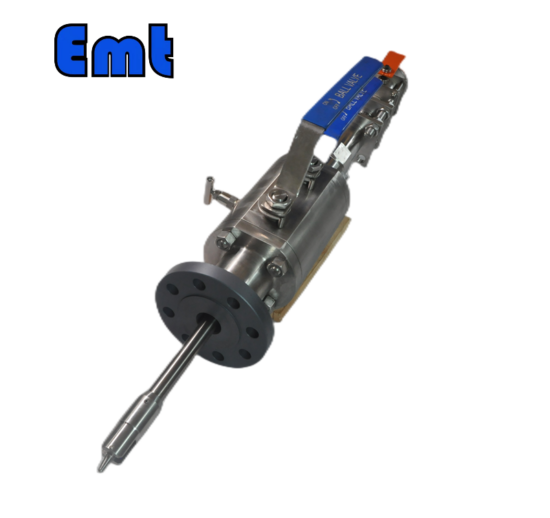
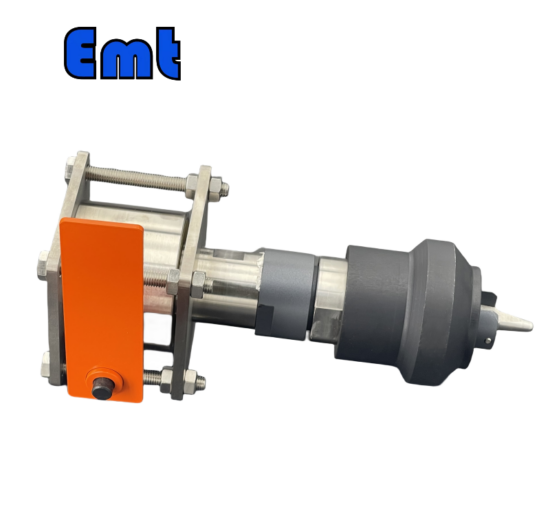
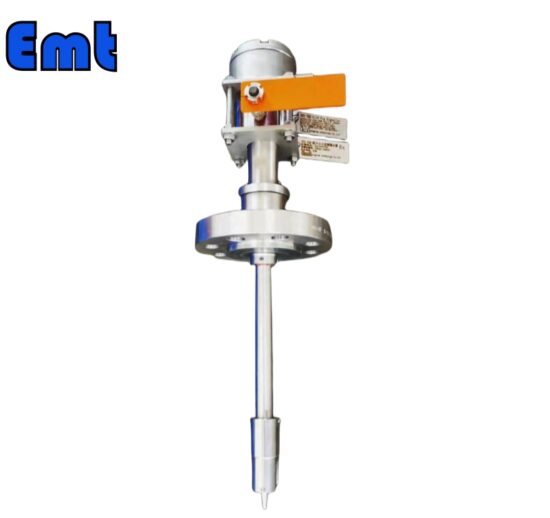
Il n’y a pas encore d’avis.